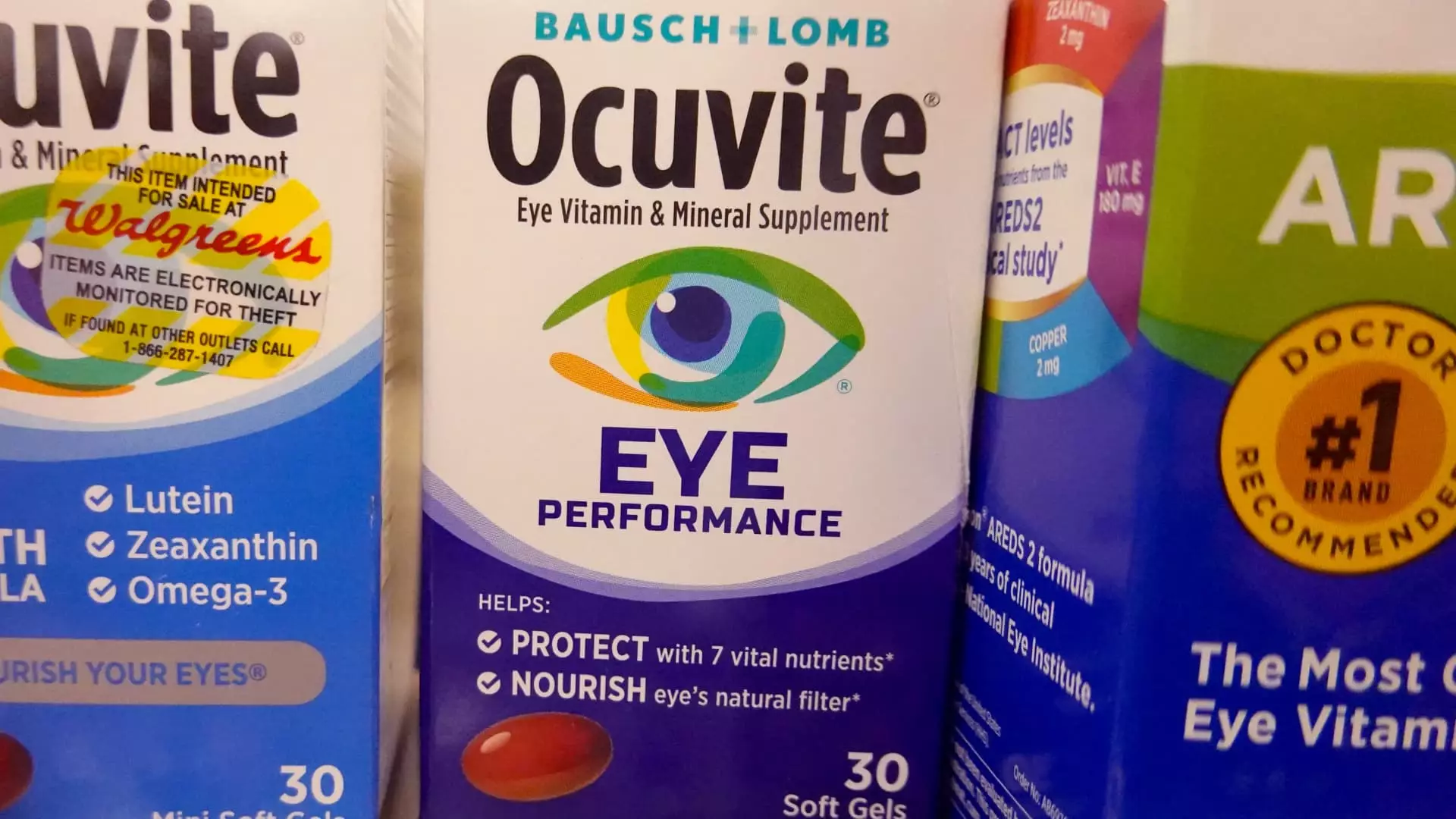Founded as Valeant Pharmaceuticals, Bausch Health has made a name for itself in the global pharmaceutical landscape, with its corporate headquarters situated in Canada. The company focuses on specialty pharmaceuticals, catering to multiple therapeutic areas that include dermatology, ophthalmology, gastroenterology, and neurology. Bausch Health operates through five core segments: Bausch + Lomb, Salix Pharmaceuticals, International Rx, Solta Medical, and Diversified Products. Known for its robust eye care division, Bausch + Lomb significantly contributes to the firm’s reputation and performance within the healthcare sector.
In 2021, Bausch Health faced a pivotal moment when renowned activist investor Carl Icahn filed a 13D with the U.S. Securities and Exchange Commission. This move signaled Icahn’s intention to initiate dialogue with the company’s management regarding strategies to enhance shareholder value. His involvement led to crucial changes in the company’s board structure. Following discussions, an agreement resulted in the expansion of the board from 11 to 13 members, allowing Icahn’s portfolio managers to step into director roles, thus increasing oversight and influence from shareholder-friendly entities.
Such engagements typically indicate a desire for change, which Bausch Health embraced when looking to realign its focus on operational performance and shareholder interests. The strategic review process that ensued demonstrated a commitment to fortifying investor relations and improving the company’s market position.
A significant development in the company’s trajectory occurred in May 2022 when Bausch + Lomb was spun off as a distinct publicly traded entity. Despite this separation, Bausch Health retained a substantial 88% ownership stake, ensuring that the division remains a cornerstone of Bausch Health’s operations. The leadership in this phase evolved as well, with the appointment of Richard Mulligan to Bausch Health’s board amidst restructuring efforts, heightening the company’s governance and supervisory capabilities.
The progressive moves made by Bausch Health illustrate a strategic methodology directed at enhancing both operational efficiency and market appeal. The leadership changes and restructure signal an adaptive approach, hoping to rejuvenate shareholder confidence and stabilize market perceptions.
Recent reports from major financial outlets indicated that Bausch + Lomb, now with an enterprise value of approximately $10 billion, had engaged Goldman Sachs to explore potential sale opportunities. However, this assertion does not exist in a vacuum; it comes in the foreground of Bausch Health’s complicated balance sheet, which carries a daunting $20.4 billion in total debt, complicating the company’s attractiveness to potential buyers.
The relationship between Bausch Health and its core assets influences investor sentiment significantly. The company’s largest debt component—$4.6 billion tied to Bausch + Lomb—reflects the underlying challenges of navigating profitability amidst heavy liabilities. Moving forward, a strategic sale of control could yield significant benefits not just for Bausch + Lomb, but also for Bausch Health, prompting a more favorable trading position in the competitive healthcare market.
Predictions for Bausch + Lomb’s earnings within the next few years have painted a decent picture, with estimates suggesting EBITDA figures nearing $966 million by 2025. However, industry comparisons warrant caution, as peers like Cooper Companies and Alcon have registered more favorable enterprise value/EBITDA multiples than Bausch + Lomb currently enjoys. The evaluation of Bausch + Lomb’s stock, hovering much lower than its potential equity value of $39.79, exposes the inherent risks associated with undervalued assets seeking a turnaround.
Bausch Health’s sagacity in balancing its varied business segments, including the highly lucrative Salix division—which produces revenue primarily from the Xifaxan drug—will be crucial in the forthcoming years. With the Xifaxan patent expiring in January 2028, there remains a narrowly defined timeline for maximizing returns from this segment. Nevertheless, if managed astutely, opportunities for meaningful value creation exist.
Bausch Health’s future largely hinges on effective management of its debt landscape and the continued evolution of its strategic aspirations. The imminent strategic reviews, coupled with historic market performances and corporate governance adjustments, offer a narrative of resilience and adaptability. As the company stands on the brink of transformative decisions, it is imperative for leadership to navigate these waters prudently, balancing immediate operational challenges with long-term strategic goals for sustained growth and shareholder engagement.
The complexities surrounding Bausch Health provokes reflections on its market resilience and potential for increased investor attractiveness amid ongoing fluctuations in the healthcare landscape. The overarching takeaway is that Bausch Health, though navigating obstacles, retains significant potential to recalibrate and enhance its position within the healthcare ecosystem, a journey that warrants close attention from investors and industry observers alike.

